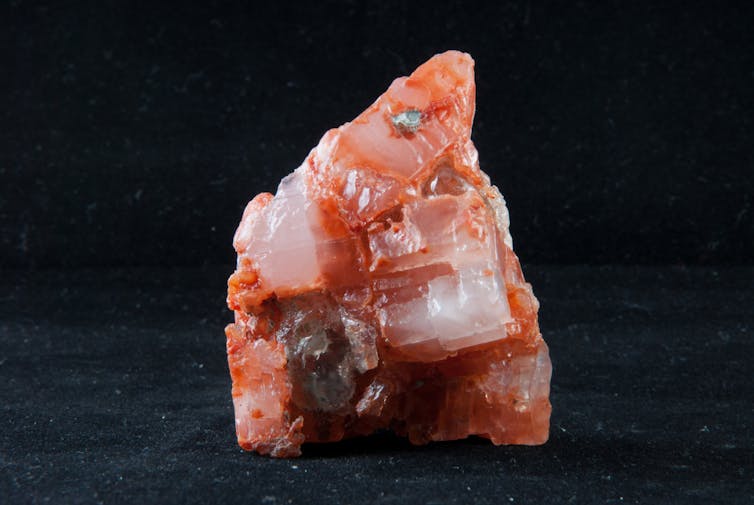While nitrogen and phosphorus sustainability issues are widely known, potassium remains in the shadows. Yet around 20% of agricultural soils worldwide grapple with potassium deficiency, especially in east Asia, south-east Asia, Latin America and sub-Saharan Africa.
Globally, more potassium is being extracted in harvests – small quantities of potassium are essential for every crop we grow – than are being added to fields in fertilisers. This unsustainable phenomenon is known as soil-nutrient mining.Canada, Belarus and Russia collectively possess around 70% of the world’s potash reserves. Together with China, those four countries produce 80% of the global output and dominate a US$15 billion (£12 billion) international market for potassium fertiliser.
Potash prices are prone to volatility and there have been two big spikes since 2000. The first was in 2009, when prices more than tripled. Despite widespread concern about fertiliser-driven food price instability, little action was taken to shield against future shocks.
Six things we must do
To address soil potassium deficiencies and guard against yield fluctuations, price volatility and environmental impacts, we propose six targeted actions:
- Review current potassium stocks and flows. We still don’t have a global assessment of potassium soil stocks which would identify at-risk countries and regions.
- Get better at predicting price fluctuations. With volatile potassium prices causing food price spikes, we’ll need to develop our monitoring and forecasting capabilities. An international scheme for reporting potassium resources would give us better data.
- Help for farmers. “Sufficient” potassium levels should be defined for each area, based on local assessments considering things like how much potassium was already in the soil and what crops are grown there. There could then be targeted fertiliser recommendations for local farmers.
- Evaluate the environmental effects. We need to synthesise all available evidence on environmental damage from potash mining, and a potential increase in potassium fertilisers. We especially need to know what it means for rivers and lakes. Potash alternatives such as polyhalite (a potassium mineral with a lower chloride content) should be considered.
- Develop a circular potassium economy. Potassium can be recycled and reused. Creating a circular potassium economy will mean capturing more potassium from human and animal sewage and adding it back on crops to grow more food, so we can eat it again, and so on. Promote diets with lower potassium footprints to reduce reliance on mined potassium sources.
- More cooperation between governments. Similar to actions on phosphorus and nitrogen, we need an intergovernmental mechanism to consolidate knowledge on potassium, set globally agreed targets and quantify economic benefits.


No comments:
Post a Comment